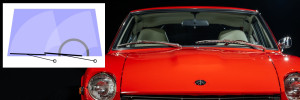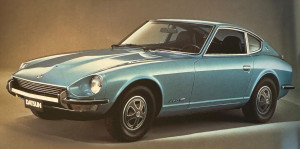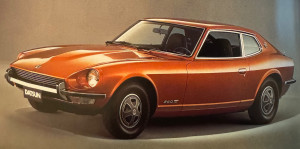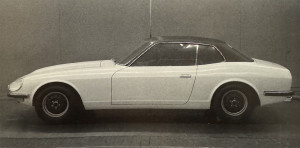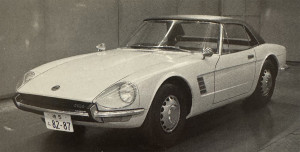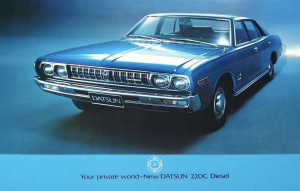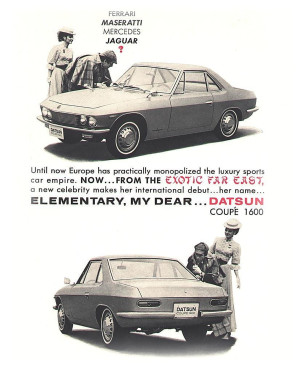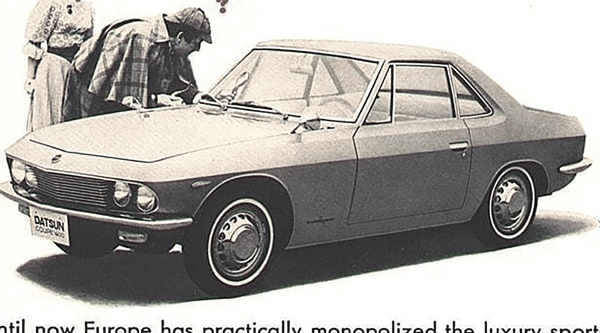It's often the little things that you notice and think far too much about.
In this little story, I would like to take a look at the windshield wipers of the early prototypes.
But how does a windshield wiper work, and which area of a windshield does it clear of rain?
In the meantime, and we can certainly speak of a certain standard and a common mounting position, the wiper blades always point away from the steering wheel and thus wipe an area that guarantees the driver a maximum free area.
When defining the direction, it is certainly also important to ensure that you can see enough at the edge of your own lane.
The Z models for the LHD markets therefore have wipers mounted so that they point to the left (when looking at the car from the front). The models for the RHD markets, on the other hand, have the wipers mounted exactly differently. Here they point to the right.

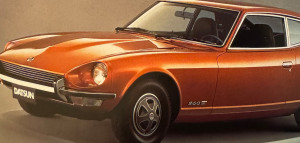
 Florian Steinl
Florian Steinl 